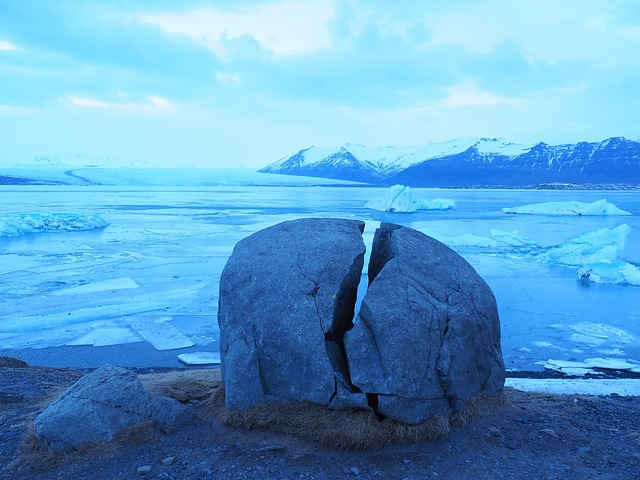Unveiling the Impact of Glacier Flour: A Climate Change Perspective
As climate change continues to reshape our environment, a delicate yet profound phenomenon emerges from melting glaciers: glacier flour. This fine sediment, composed of microscopic particles produced when the glacial ice grinds against the bedrock, carries significant implications for our ecosystems and climate.
The term glacier flour” may sound innocuous, but its origins tell a different story of loss and transformation. When glaciers melt, they release this unique powder into nearby rivers and streams, altering water quality, affecting aquatic life, and even influencing the temperature of water bodies. The bright turquoise hues we often associate with glacial waters are a direct result of glacier flour, showcasing the visual beauty created from a tragic reality—our glaciers are disappearing.
From an environmental standpoint, glacier flour plays a critical role in the health of aquatic ecosystems. These fine particles can enhance the growth of phytoplankton, the foundation of aquatic food chains. While this might sound beneficial, the expedited growth of phytoplankton can lead to algal blooms, which deplete oxygen levels in water and harm fish populations. This highlights the duality of glacier flour’s impact: it can be both a contributor to life and a disruptor of balance.
Moreover, glacier flour influences how sunlight interacts with water bodies. The particles suspended in glacial meltwater change the albedo—the reflective property—of the water. This alteration can lead to increased absorption of heat, exacerbating the warming processes in watershed areas. In turn, this accelerates the rate at which glaciers melt, creating a vicious cycle fueled by climate change.
As temperatures continue to rise, the increased velocity of glacier melting means more glacier flour enters our ecosystems. Rivers once teeming with life might slowly become ecosystems on the brink of collapse, and the vibrant landscapes we cherish will shift in ways we may not be prepared for. It is essential to understand these changes to advocate for actions that can mitigate some of the effects of climate change.
Within the broader discussion of environmental conservation, we must place greater emphasis on glacier health. Protecting these colossal ice formations is linked directly to the health of our planet. Every snowfall that turns into glacier flour signifies not just the beauty of nature but also a warning that our actions today have consequences for tomorrow. By addressing climate change head-on and working to decrease greenhouse gas emissions, we hold the key to slowing the melting of glaciers and the release of this fine sediment.
The story of glacier flour is ultimately one of interconnectedness. It serves as an emblem of the shifts occurring in our climate and the ripple effects they produce in our ecosystems. Engaging in climate-friendly practices, advocating for sustainable policies, and spreading awareness about the impacts of losing our glaciers will help us preserve this invaluable resource and maintain the ecological balance we all depend on.



